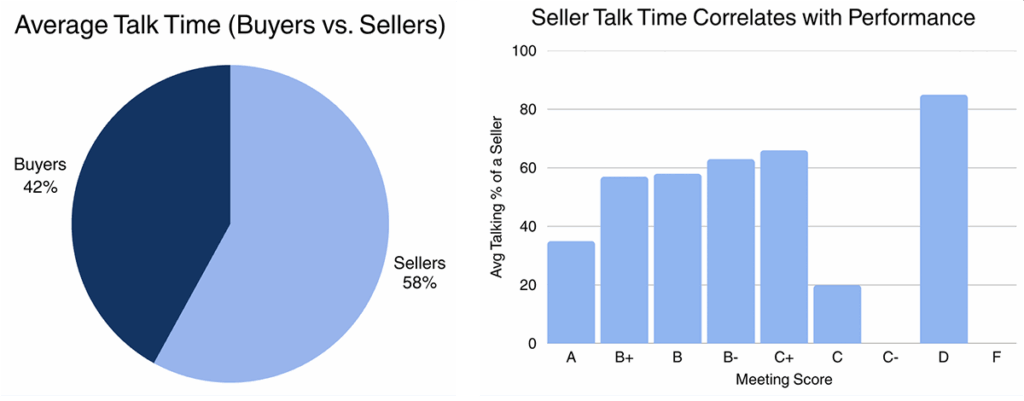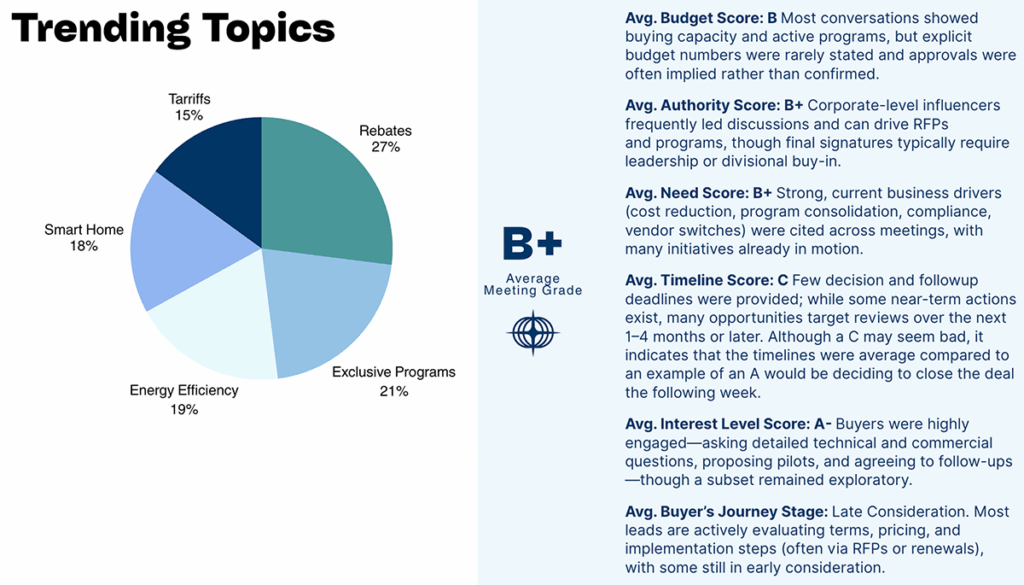By Hunter McKinley | CEO | Backtrack
In-person events are back in full swing, but the way we learn from them has changed. While booth designs, demos, and giveaways still matter, the most valuable part of any event often happens in fleeting moments – those unscripted conversations between buyers and sellers. Until recently, these moments vanished the moment they ended.
Now, they’re becoming measurable.
What’s changing isn’t just how we track leads, but what we track. Traditional metrics such as badge scans, form fills, and follow-up meetings are being joined by a new layer of insight: the words actually spoken on the show floor. Which products drew the most interest? What pricing concerns came up? How often was a competitor named? These are questions that are now answerable with real data, not guesswork.
It’s not just about tracking; it’s about automating how we respond. When a buyer says, “I’m focused on reducing downtime,” that sentiment can trigger a personalized follow-up, tailored content, and a clean record synced to the right CRM field without someone scrambling to take notes. The result being that sales teams are more prepared, and buyers feel seen.
Here’s an example of how we turned a meeting into measurable insights.
At a recent hosted-buyer style event, more than 180 one-on-one meetings were captured and analyzed. Instead of only tracking how many conversations occurred, or the number of meetings scheduled, the content of those conversations was converted into actionable insights for the buyer, seller, and event organizer.

The analysis revealed clear patterns: buyers consistently raised questions around pricing models, voiced concerns about timelines, and flagged new solution areas they wanted to evaluate. In many sessions, buyers requested pilots or follow-up meetings on the spot, showing direct intent that went far beyond a badge scan or business card exchange.
One supplier team’s results highlighted the power of this approach. Across their schedule, most conversations performed at an average level, but two meetings stood out: buyers not only confirmed purchasing authority but also requested immediate proposals and agreed to schedule pilots. By comparing those standout sessions against the rest, the supplier could pinpoint what worked – moving quickly to decision criteria, clarifying next steps, and capturing commitment before the meeting ended.
The aggregated results produced an event-level report card that went beyond attendance numbers or badge scans. Organizers could see which sessions had the strongest decision readiness, which conversations stalled, and where follow-up efforts should be prioritized. Suppliers left with detailed records of what was said in each meeting, while organizers gained clarity on the overall quality of interactions and areas for improvement at future events.

Rather than leaving with anecdotes, both participants and organizers received structured reports showing what was discussed, where intent was strongest, and where conversations fell short. This turned fleeting exchanges into a roadmap of opportunity and improvement, helping sales teams prioritize follow-ups and giving organizers a clear picture of what truly happened behind closed doors.
This kind of automation makes personalization at scale possible. Smart systems can write recap emails, route leads based on interest, and help reps prioritize follow-ups based on the quality of the conversation, not just a business card scan.
For hosted buyer programs, it’s even more powerful. Rather than relying solely on pre-surveys or post-event forms, organizers can now understand which meetings had meaningful impact, who was worth the brand’s time, and what was actually said – creating better matches, better outcomes, and better use of sponsor dollars.
The future of events isn’t louder booths or flashier decks. It’s quiet, invisible intelligence built into the most human part of the experience: the conversation.
About the Author

Hunter McKinley is the CEO of Backtrack, a tech company building AI tools that help teams understand and act on their most important conversations. He is also a designer, speaker, and startup advisor based in Florida.


